The development and history of fake IDS
1. Origin and Early Development
The history of fake IDs can be traced back to the mid-20th century. The demand for fake IDs mainly stemmed from teenagers trying to circumvent age limits for alcohol and tobacco consumption. In countries such as the United States, the legal minimum age for drinking and purchasing tobacco products is usually 21 or 18, which prompted many young people to find ways to gain adult privileges. Early fake IDs were usually handmade, and although the technology was still rudimentary, it was enough to help the holder enter certain places and activities.
2. Changes from the 1980s to the 1990s
By the 1980s, the technology for making fake IDs had developed rapidly due to the emergence of personal computers and printing equipment. During this period, personal computers, image editing software, and high-quality color printers became widely available, and anyone with basic computer skills could try to make a fake ID. It became easier and more common to make fake IDs, and teenagers and young adults actively used them to enjoy social activities and nightlife.
3. The Rise of the Internet and Technology in the 21st Century
The emergence of the Internet in the 21st century completely changed the fake ID market. The emergence of online platforms and the dark web has made the fake ID trade more covert and global. Counterfeiters use the Internet to provide fake ID services, allowing customers to order and pay for ID cards anonymously online, making the entire transaction process more confidential.
In this era, the technology for making fake IDs has also been further improved. High-resolution printing technology, plastic card production and encoding methods have greatly improved the quality of fake IDs. Many modern fake IDs are not just simple plastic cards, but are also equipped with scannable barcodes and magnetic stripes. Such fake IDs can usually pass identity verification systems, further increasing their appeal.
4. Contemporary Fake ID Market
Today, the fake ID market has become part of the underground economy in North America. The demand for fake IDs is not limited to minors trying to bypass drinking and smoking age restrictions; it also includes individuals who want to impersonate different identities to participate in various social activities. The fake ID market is booming on the dark web, and young consumers can easily find services to make and buy fake IDs.
The production of fake IDs has evolved from a simple hand-made process to a complex operation in which professionals or small groups use advanced card-making equipment to mass-produce ID cards. The overall quality of fake IDs is usually high, and the holders can sometimes pass identity checks without any problems, which leads many people to choose these IDs to explore more life experiences and social activities.
5. Cultural Phenomenon and Demand Drivers
In North America, the culture surrounding fake IDs is widespread among young people. Owning a fake ID is not only a means of evading the law, but also a cultural symbol. Many teenagers and college students see fake IDs as a door to the "adult world" that allows them greater freedom and opportunities.
In addition, fake IDs have become a social tool that helps young people explore different lifestyles and social environments. Many people find that owning a fake ID opens the door to new experiences for them, allowing them to meet new people and enjoy a richer social life.
6. Technological Impact and Future Market Trends
The future of the fake ID market will continue to be influenced by technological advances. As blockchain and biometrics gradually come into play, the complexity and accuracy of the identity verification process may increase. However, this also means that the fake ID market will continue to compete with emerging technology solutions, prompting counterfeiters to use 3D printing, improved barcode or chip simulation technology and other innovations to meet market demand.
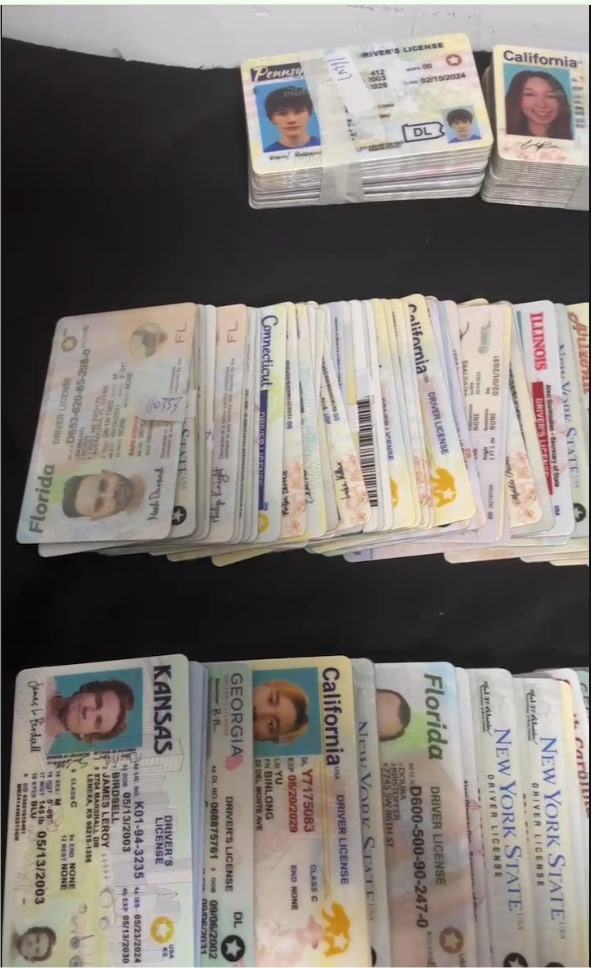
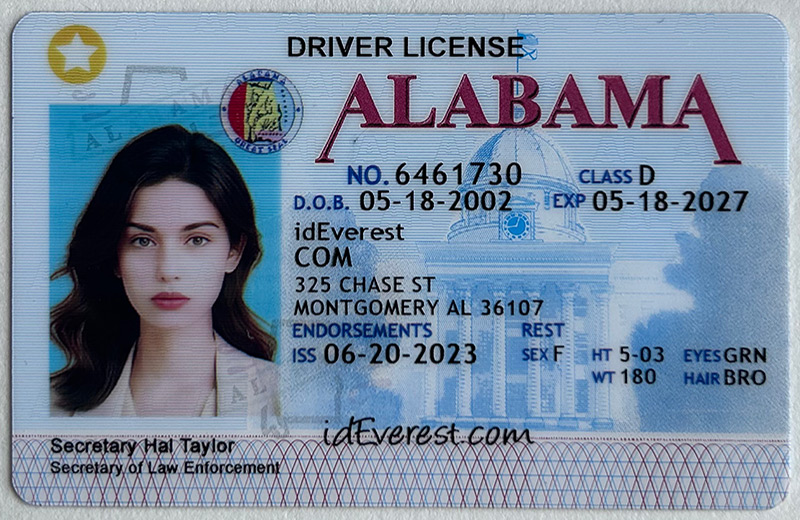
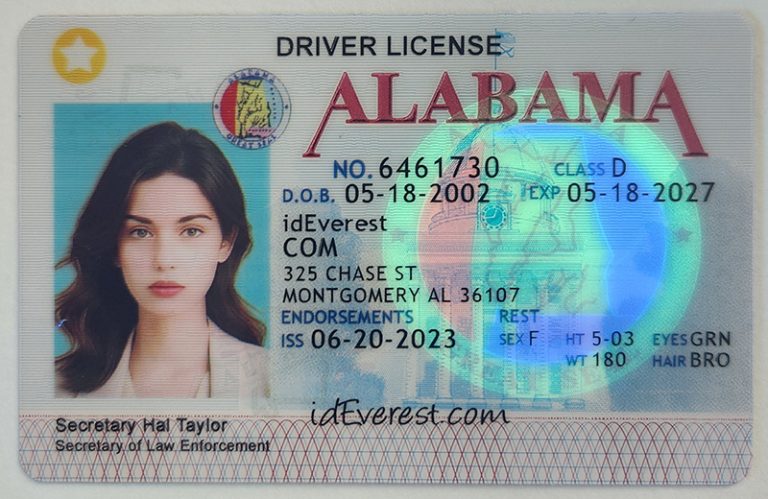
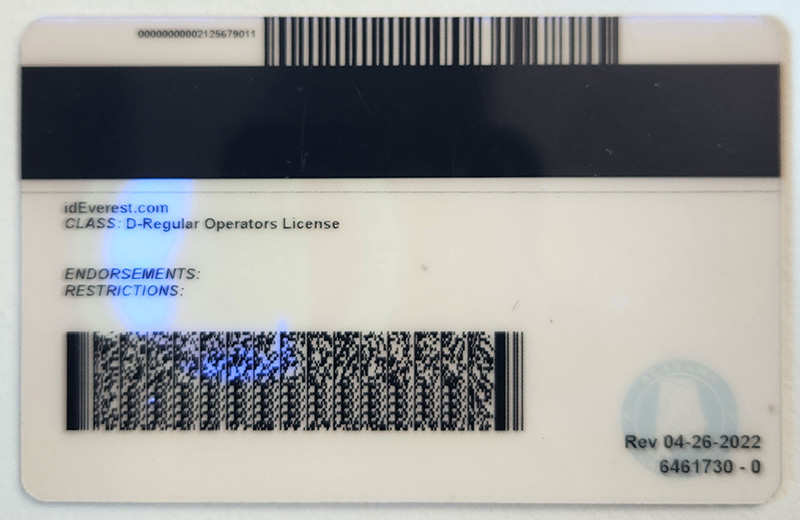
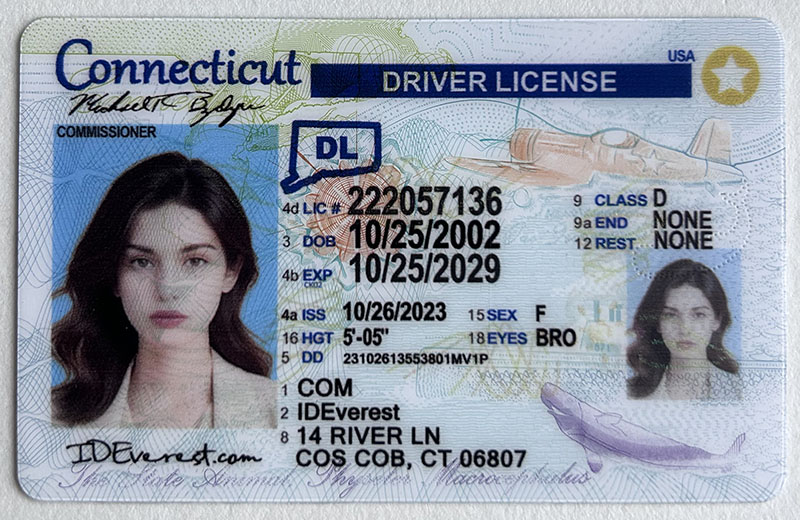
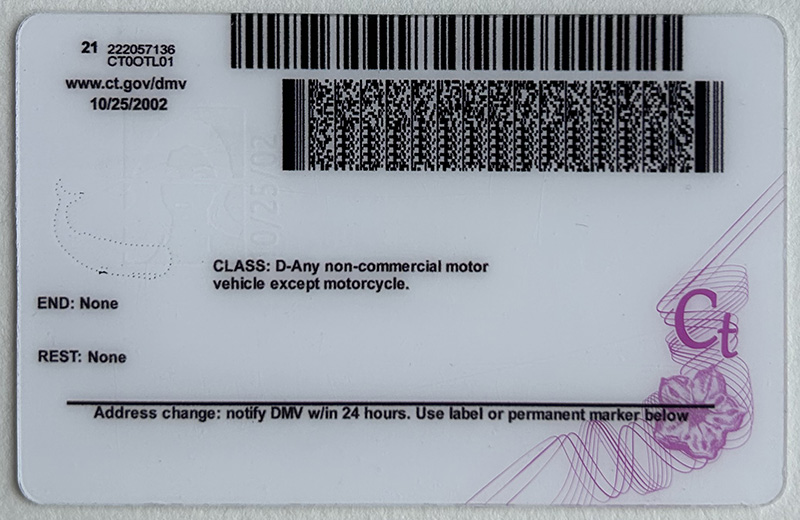
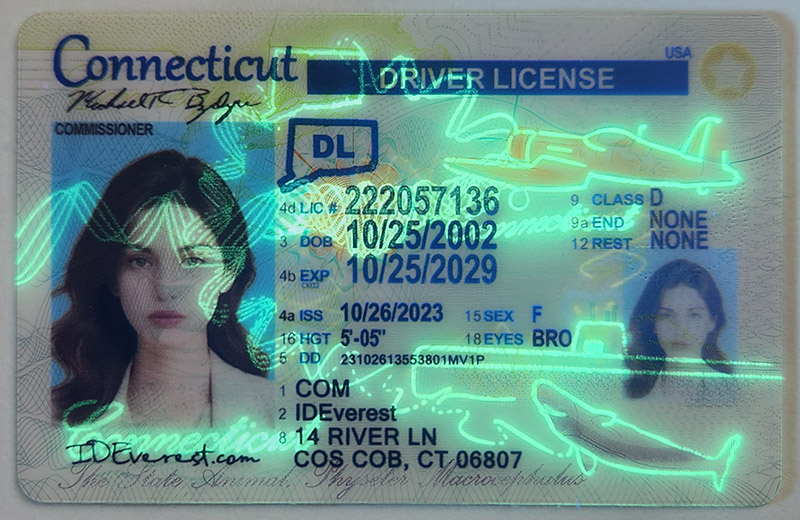
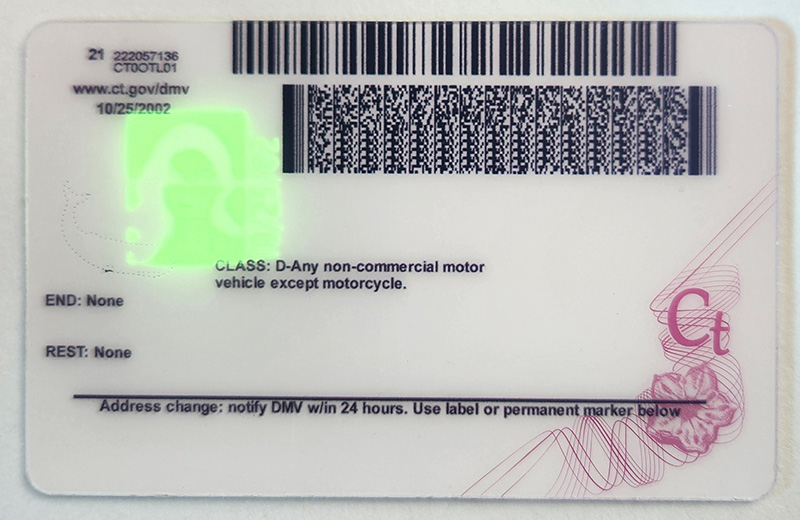
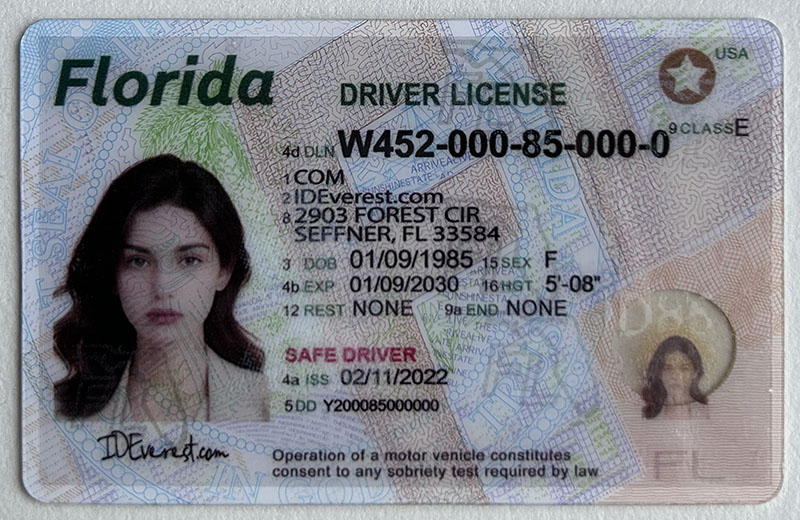
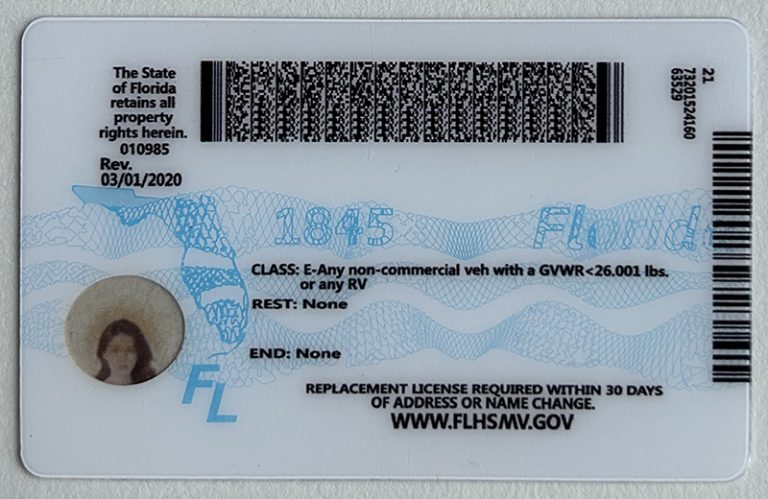
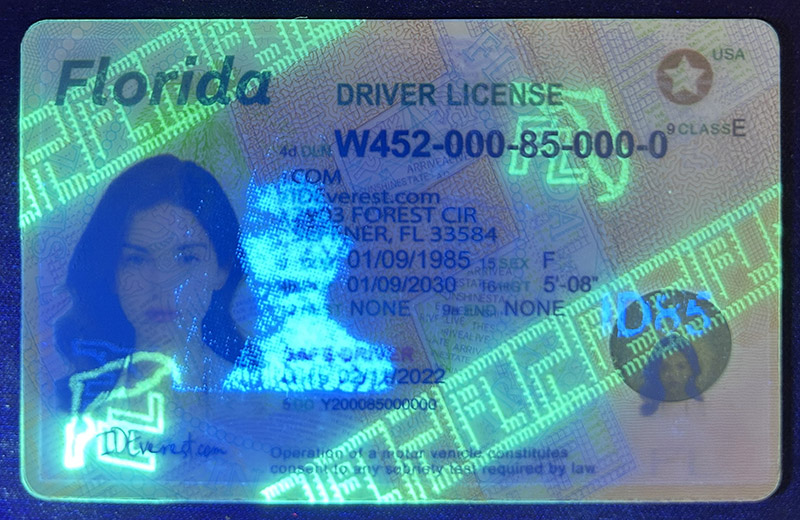
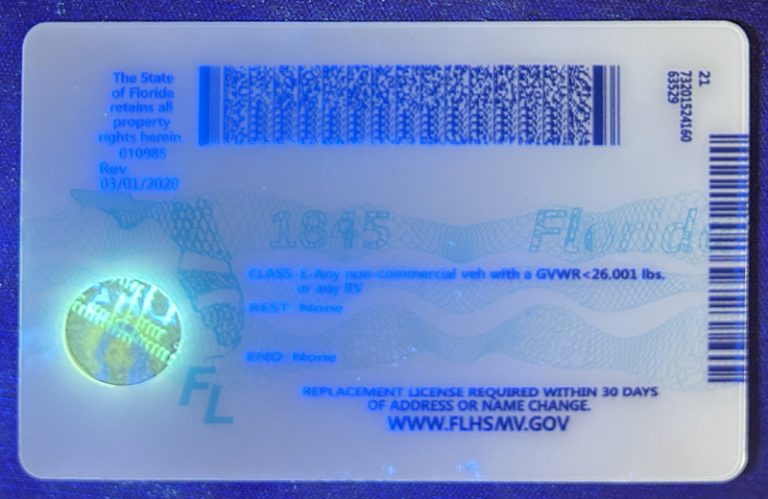
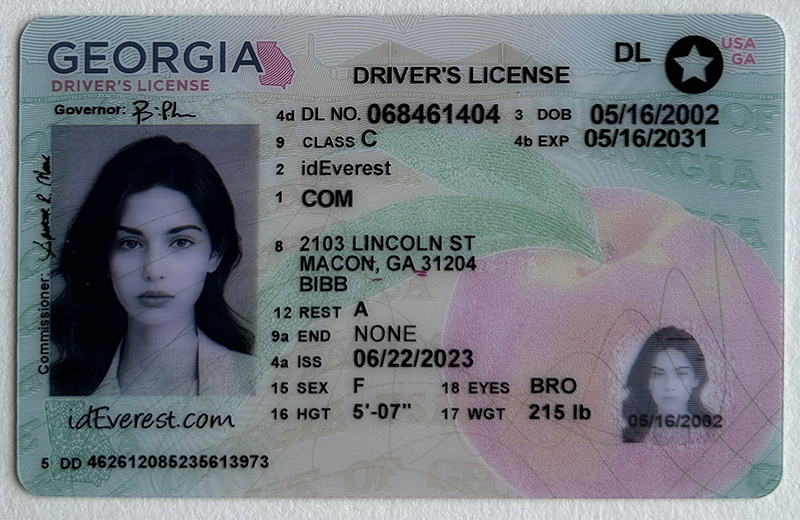
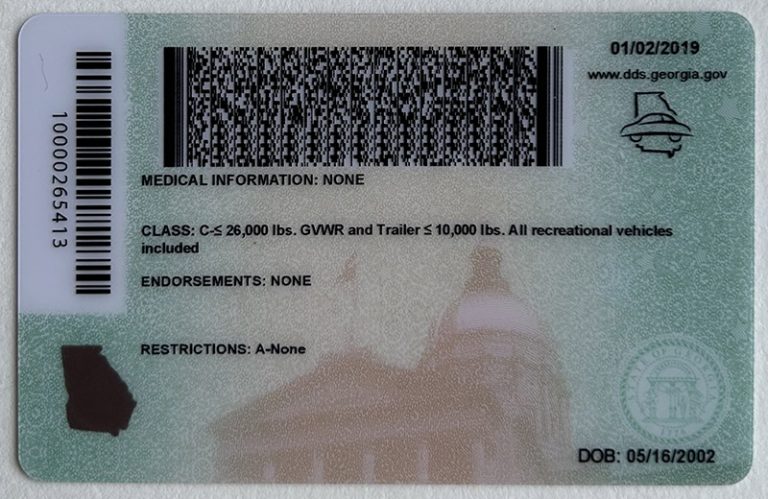
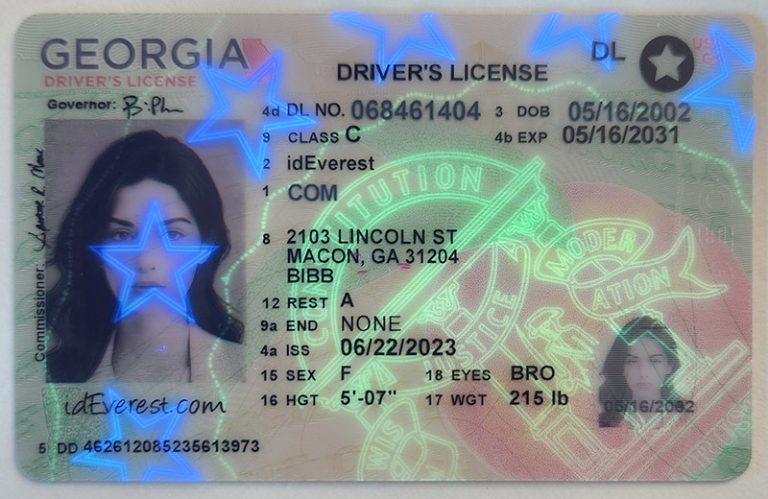
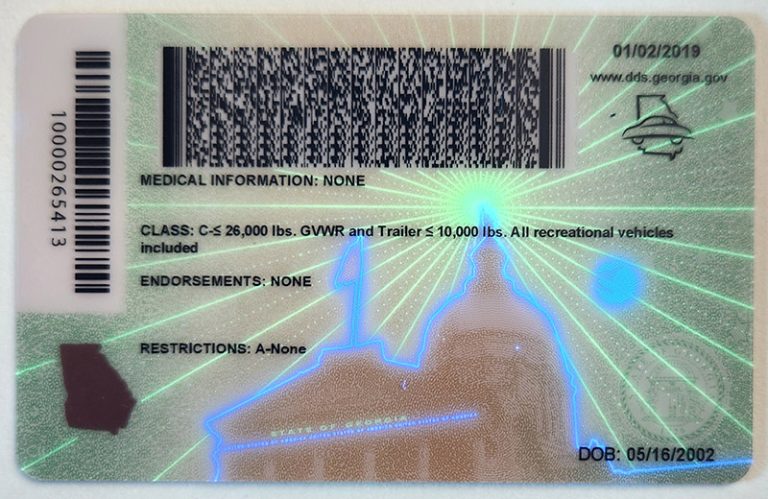
7. Future Policy and Regulatory Direction
Although fake IDs are attractive in certain social scenarios, governments and regulators are continuously taking steps to strengthen anti-counterfeiting technologies for ID documents and identity verification processes in response to the expansion of this market. In the future, we may see the introduction of more digital and biometric identity verification measures, which will affect the use of fake IDs.
Conclusion
The history of fake IDs is closely related to technological development and social change. This phenomenon has continued to change in North America as social needs have evolved and technology has advanced. From early handmade production to today's digitally sophisticated production, fake IDs reflect not only young people's desire to engage with the adult world, but also their exploration of social activities and pursuit of freedom. In modern society, fake IDs have become a unique cultural phenomenon that attracts many young people to participate in this interesting aspect of their lives.
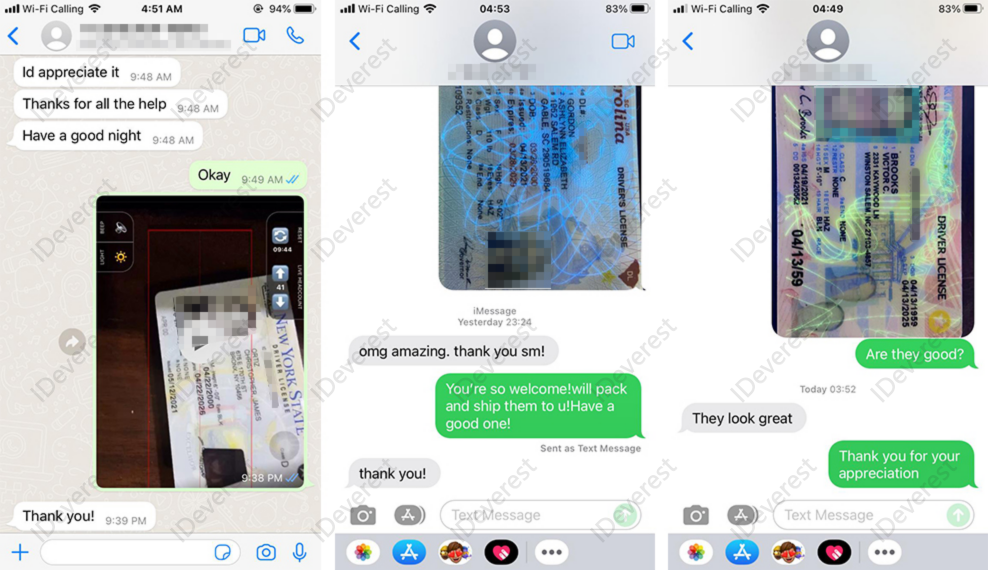

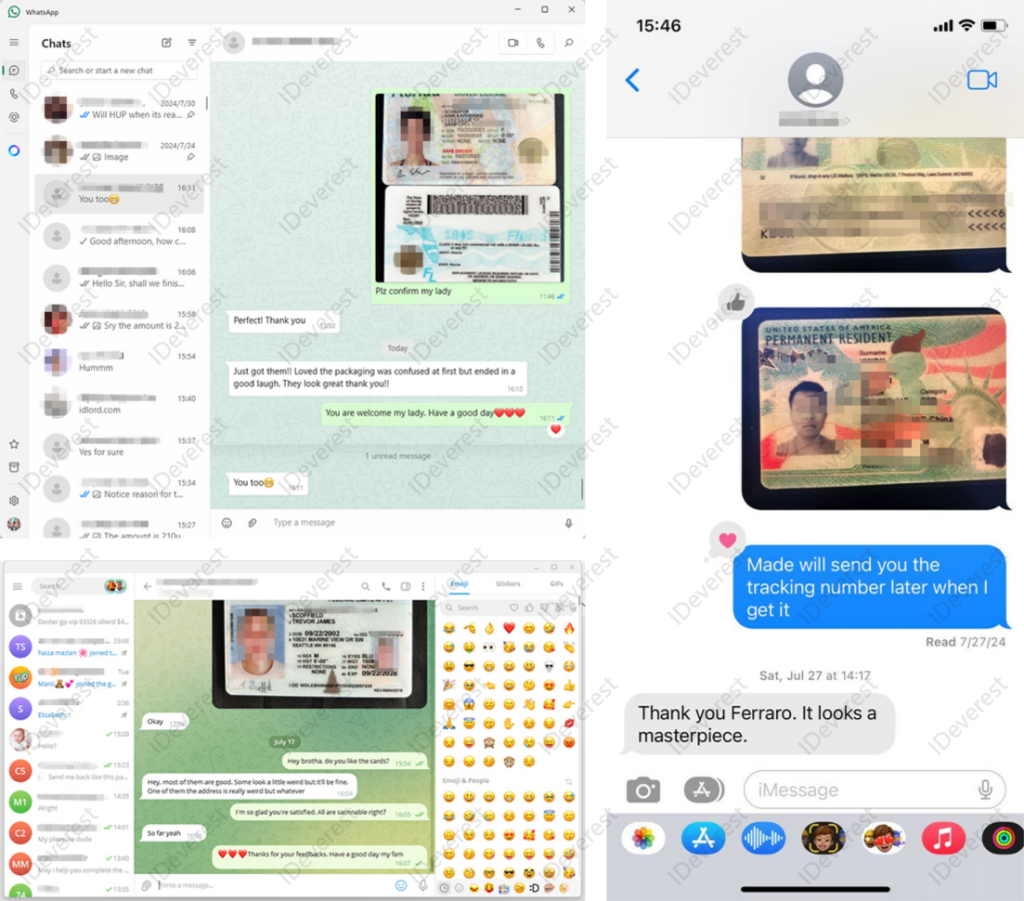

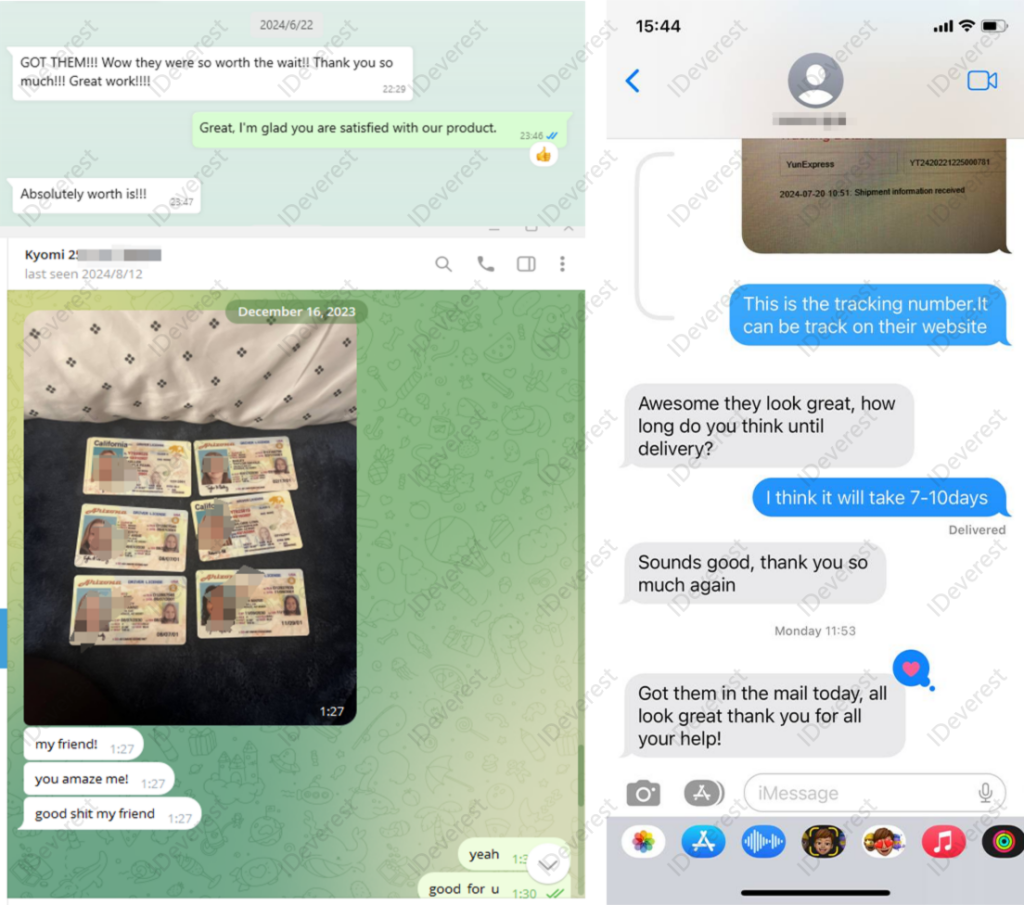
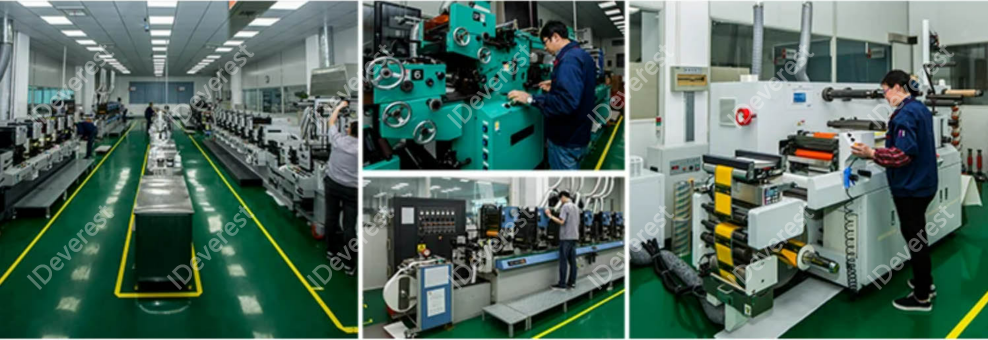
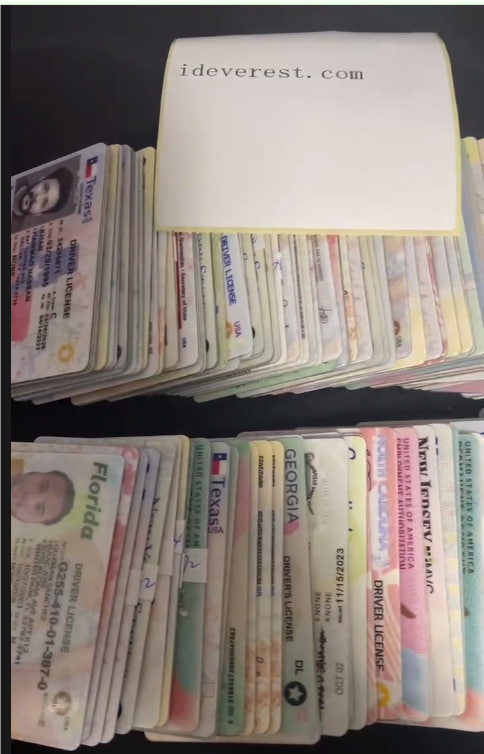

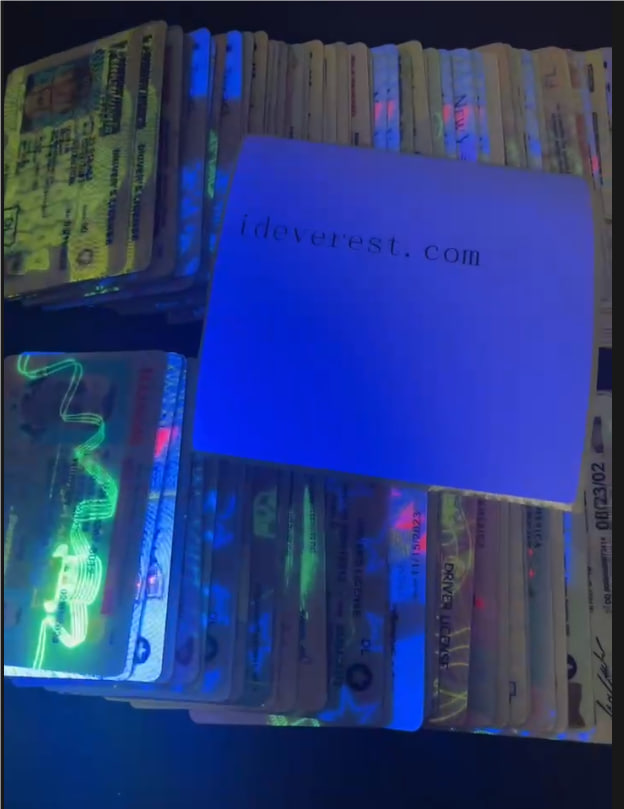
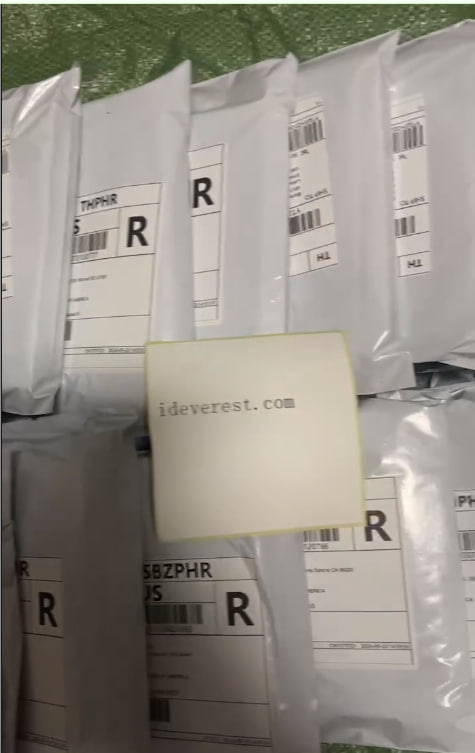
Big Treat Back for New Product Development Participation: Your feedback matters! We offer incentives to customers who participate in our new product development, shaping the future of our offerings together.


